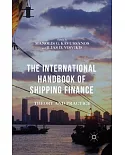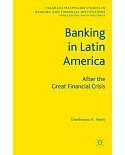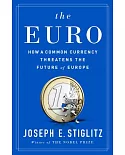Coming out of the Codisyna project which looked at national financial systems during the Gold Standard years of 1871-1971, this collection of essays aims to form a focused, original and
constructive approach to examining the question of convergence and divergence in Europe.
With contemporary as well as historical relevance, this study will appeal to historians and economists as well as those with a professional or scholarly interest in the world of banking and
finance.
Inherently interdisciplinary, financial history offers new ways to approach crucial questions of broad import to scholars and policymakers. It stands as an independent method of inquiry into
some of our most intractable problems: economic growth, financial concentration, health care, long-term care, monetary policy, political development, social welfare programmes, even foreign
policy and the very nature of democracy itself. This innovative new series provides a platform for works that apply financial theory to questions of perennial historiographical interest, works
that use financial history to illuminate current public policy debates, country studies, industry studies, company histories, biographies of financiers, market studies, as well as studies in
corporate finance and governance, public finance and combinations thereof.





















